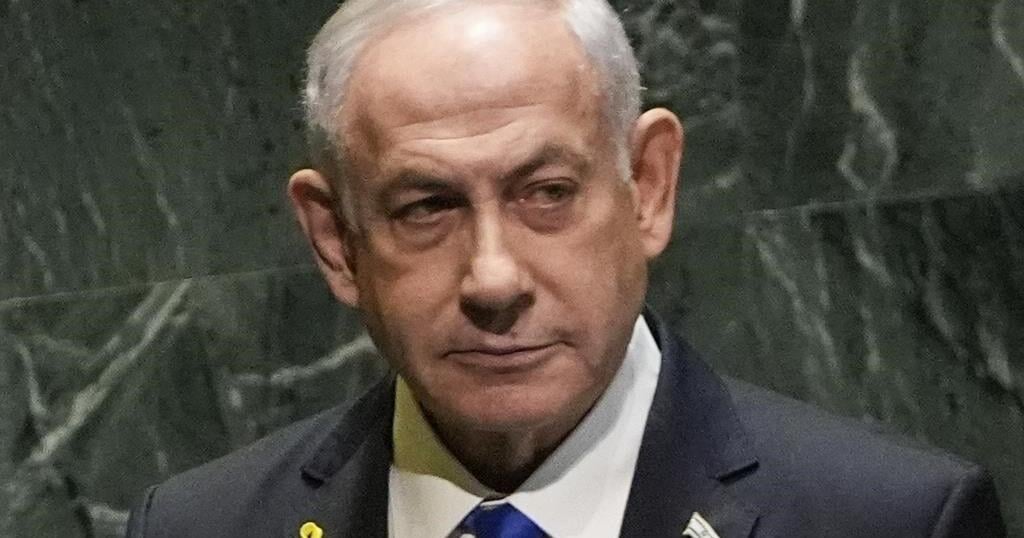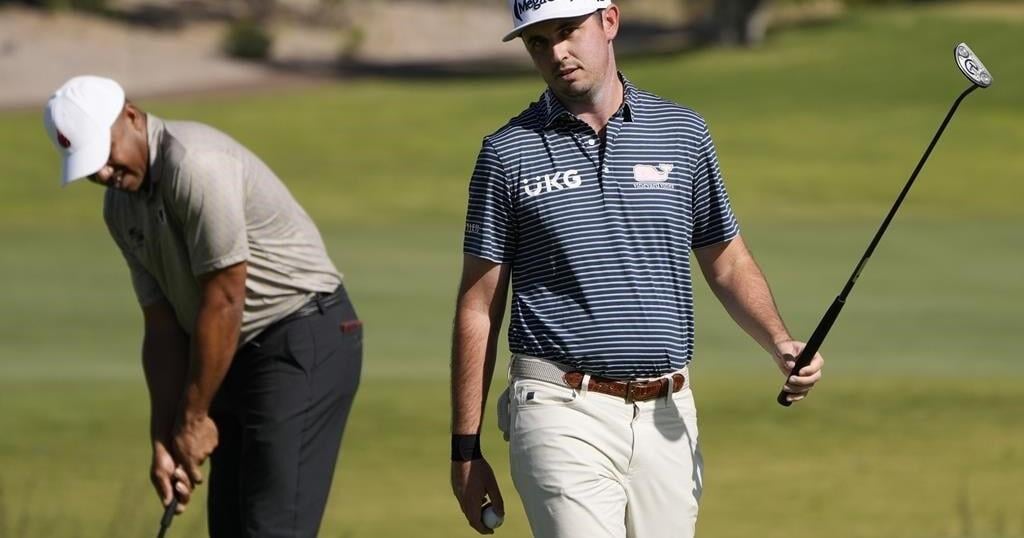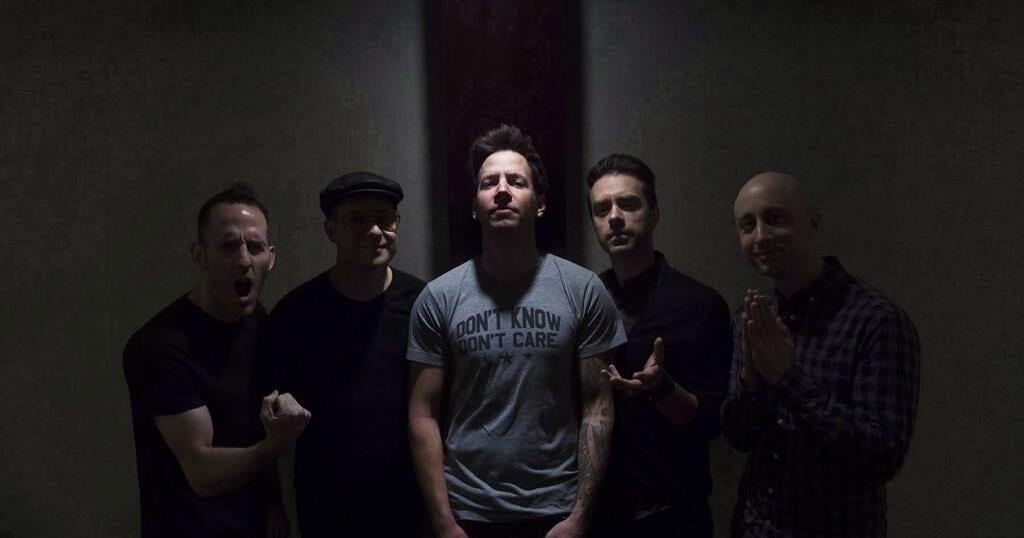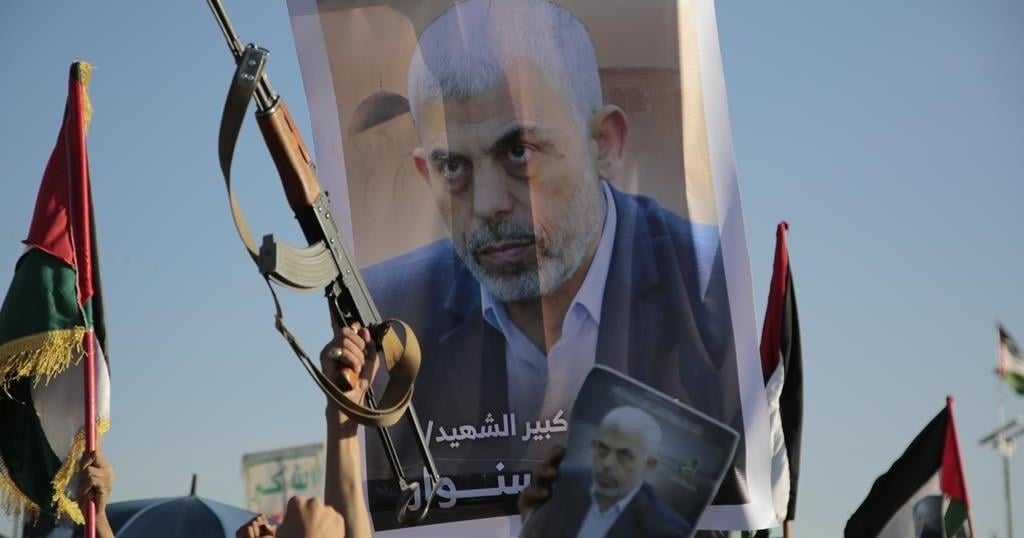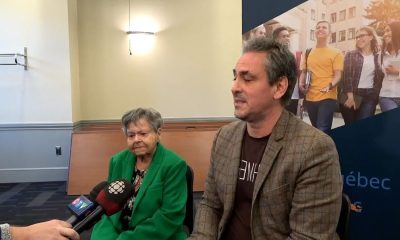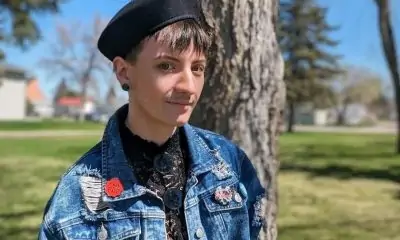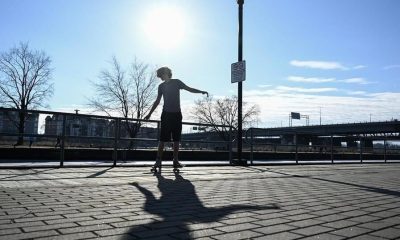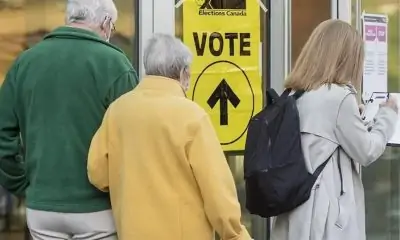JERUSALEM (AP) — Israel’s government said a drone targeted Prime Minister Benjamin Netanyahu’s house Saturday, with no casualties, as fighting with Lebanon-based Hezbollah and Gaza -based Hamas showed no pause after the killing of the Hamas mastermind of last year’s Oct. 7 attack.
Israel’s military said dozens of projectiles were launched from Lebanon a day after Hezbollah announced a new phase in fighting. Netanyahu’s office said the drone targeted his house in the Mediterranean coastal town of Caesarea. Neither he nor his wife were there. It wasn’t clear if the house was hit.
“The proxies of Iran who today tried to assassinate me and my wife made a bitter mistake,” Netanyahu said.
Hezbollah didn’t claim responsibility for the drone attack, but said it carried out several rocket attacks on northern and central Israel. The barrage came as Israel is expected to respond to an attack earlier this month by Iran, which backs both Hezbollah and Hamas.
Israel in turn carried out at least 10 airstrikes on Beirut’s southern suburbs known as Dahiyeh, a heavily populated area home to Hezbollah’s offices, Lebanese authorities said. Israel’s military said it struck Hezbollah targets.
In Gaza, Israeli forces fired at hospitals in the Palestinian enclave’s battered north, and strikes killed more than 50 people, including children, in less than 24 hours, according to hospital officials and an Associated Press reporter there.
“The possibility of war in the region remains a serious concern,” Iranian Foreign Minister Abbas Araghchi said while visiting Turkey. Group of Seven defense ministers warned against escalation and “all-out war.”
Barrages from Lebanon target northern Israel
The Israel-Hezbollah war has intensified. Hezbollah said Friday it planned to send more guided missiles and exploding drones into Israel. The militant group’s longtime leader, Hassan Nasrallah, was killed in an Israeli airstrike in September, and Israel sent ground troops into Lebanon early this month.
Israel’s military on Saturday said about 180 projectiles were fired from Lebanon. A 50-year-old man was hit by shrapnel and killed in northern Israel, and four other people were wounded, Israel’s medical services said. In the northern city of Kiryat Ata, one rocket landed. Itzik Billet, commander for the Haifa area, said nine people were slightly injured.
Lebanon’s state-run National News Agency said an Israeli airstrike on an apartment in eastern Baaloul village killed five people, including the mayor of nearby Sohmor village. An Israeli military official confirmed that the IDF struck targets in the Bekaa Valley.
Lebanon’s health ministry said an Israeli airstrike hit a vehicle on a highway north of Beirut, killing two people.
Israel has issued near-daily warnings for people to leave buildings and villages in parts of Lebanon. The fighting has displaced more than 1 million people, including around 400,000 children.
Israel also said it killed Hezbollah’s deputy commander in the southern town of Bint Jbeil. The army said Nasser Rashid supervised attacks against Israel.
Israel drops leaflets showing Sinwar’s body
Israel and Hamas have signaled resistance to ending the war in Gaza after the killing of Hamas leader Yahya Sinwar, the chief architect of the raid on Israel more than a year ago that killed about 1,200 people, mostly civilians, and kidnapped another 250. About 100 hostages remain in Gaza, at least 30 of whom Israel says are dead.
Israel’s military on Saturday dropped leaflets in southern Gaza showing Sinwar dead, blood running down his forehead. “Sinwar destroyed your lives,” it said. “Whoever lays down his weapons and returns the kidnapped people to us, we will allow him to leave and live in peace.”
Hamas has reiterated that the hostages won’t be released until there is a cease-fire and Israeli troops withdraw. Netanyahu says Israel’s military will fight until the hostages are released, and will remain in Gaza to prevent a severely weakened Hamas from rearming.
Israel’s retaliatory offensive in Gaza has killed more than 42,000 Palestinians, according to local health authorities, who don’t distinguish combatants from civilians but say more than half the dead are women and children.
More strikes pounded Gaza on Saturday, and Palestinian communications company Paltel said they knocked out internet networks in the north.
The Palestinian Health Ministry said Israeli strikes hit the upper floors of the Indonesian Hospital in Beit Lahiya, and forces opened fire at it, causing panic. Israel’s military said it was operating near the hospital and “there was no intentional fire directed at it.”
The military also said it was looking into the matter after Al-Awda hospital in Jabaliya, northern Gaza, said strikes hit the top floors, wounding several staff members. It later said the military hit an ambulance, wounding four people, including a medic.
Three houses in Jabaliya were struck overnight, killing at least 30 people, more than half women and children, said Fares Abu Hamza, head of the health ministry’s ambulance and emergency service. At least 80 were wounded.
Palestinian residents said Israel’s military was forcing hundreds of displaced people to leave Jabaliya and head to Gaza City.
“The occupation evicted us at gunpoint,” said Umm Sayed, a mother of three. “Tanks and heavy armed forces were encircling us.” She said many young men were taken apparently for interrogation, and most were later released.
Israel’s military described it as an evacuation and said it detained militants for questioning.
A U.N. school sheltering displaced people west of Gaza City was hit, killing several people, according to the Hamas-run civil defense first responders.
“What is this? There is a clinic and there are children,” said Bashir Haddad, a displaced person there, according to AP video. A boy collected body parts on a piece of cardboard.
Elsewhere in central Gaza, at least 10 people were killed, including two children, when a house was hit in the town of Zawayda, according to the al-Aqsa Martyrs Hospital in Deir al-Balah. Another strike killed 11 people from the same family in the Maghazi refugee camp, the hospital said.
The war has destroyed vast swaths of Gaza, displaced about 90% of its population of 2.3 million people, and left them struggling to find food, water, medicine and fuel.
___
Associated Press writers Jack Jeffery in Ramallah, West Bank, and Bassem Mroue in Beirut contributed to this report.

